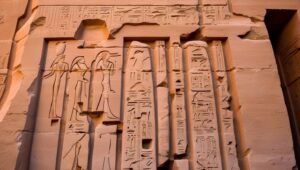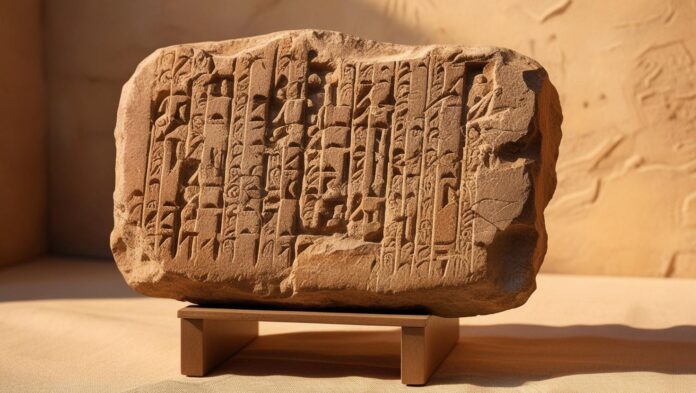Languages are the lifeblood of human communication and culture, evolving alongside civilizations. From ancient carvings on stone tablets to the sophisticated scripts we use today, the journey of language is as fascinating as it is complex. In this blog, we explore how languages evolved over centuries, the early scripts discovered by researchers, and the oldest language in Asia with supporting evidence.
The Evolution of Languages
The history of languages can be traced back to prehistoric times when early humans relied on symbols, gestures, and sounds to communicate. Over time, these primitive forms evolved into structured languages with grammar and vocabulary. Here’s a timeline of language evolution:
- Prehistoric Communication:
- Early humans used cave paintings, symbols, and body language to convey ideas. This form of communication dates back to over 40,000 years ago.
- Development of Writing Systems:
- Around 3,100 BCE, the Sumerians in Mesopotamia developed cuneiform, one of the earliest known writing systems.
- The Egyptians followed with hieroglyphics, while the Harappan script emerged in the Indus Valley Civilization.
- Classical Languages:
- As civilizations advanced, structured languages like Sanskrit, Tamil, Latin, and Greek flourished. These languages laid the foundation for many modern tongues.
- The Modern Era:
- The advent of printing presses and digital technology accelerated the evolution and standardization of languages. Today, there are over 7,000 spoken languages worldwide.
Early Transcripts and Scripts Found
Archaeological discoveries have unearthed numerous ancient transcripts that provide insights into early communication. Notable examples include:
- Indus Script (Harappan Script):
- Discovered in the Indus Valley Civilization (c. 2600-1900 BCE), this script remains undeciphered but showcases a highly organized society.
- Sumerian Cuneiform:
- Found in Mesopotamia, this script (c. 3100 BCE) is recognized as one of the world’s oldest writing systems.
- Egyptian Hieroglyphics:
- Used for religious texts and monumental inscriptions, these pictorial scripts date back to around 3,200 BCE.

- Used for religious texts and monumental inscriptions, these pictorial scripts date back to around 3,200 BCE.
- Brahmi Script:
- One of the earliest writing systems in India, Brahmi was the precursor to many modern Indian scripts, including Devanagari.
Which is the Oldest Language in Asia?
Asia is a linguistic treasure trove, home to some of the oldest and most diverse languages in the world. Among them, Tamil stands out as the oldest language in Asia, with substantial evidence to support its antiquity.
- Historical Evidence:
- Tamil belongs to the Dravidian family of languages and has a rich literary tradition dating back over 2,000 years.
- The Sangam literature, composed between 300 BCE and 300 CE, is a testament to the language’s ancient roots.

- UNESCO Recognition:
- Tamil is recognized as a classical language by UNESCO, highlighting its continuity and cultural significance.
- Archaeological Proof:
- Excavations in Keezhadi, Tamil Nadu, unearthed artifacts with Tamil Brahmi inscriptions dating back to the 6th century BCE. Read more about the Keezhadi findings here.
- Modern Usage:
- Tamil is not only a historical language but also a thriving one, spoken by over 75 million people worldwide.

- Tamil is not only a historical language but also a thriving one, spoken by over 75 million people worldwide.
Conclusion
The evolution of languages reflects the growth and transformation of human societies. From ancient scripts like cuneiform and Brahmi to the enduring legacy of Tamil, languages have been both a medium of communication and a repository of culture. Understanding their origins and evolution helps us appreciate the richness of our shared heritage and the timeless quest for expression.
Inside the World of Indian TV Channels: How They Operate and Earn Money











